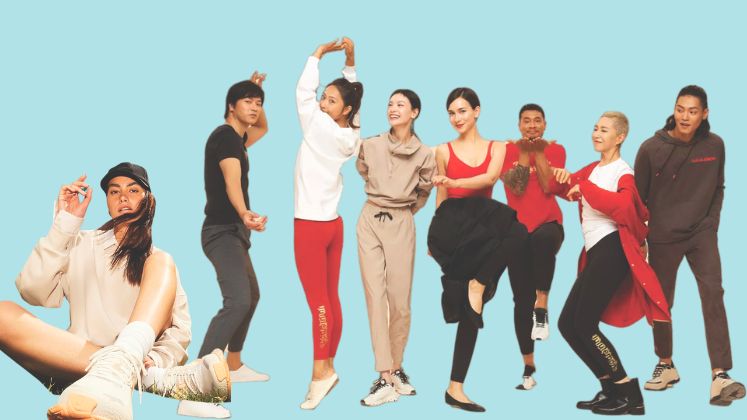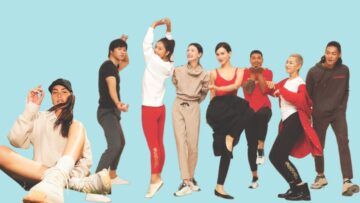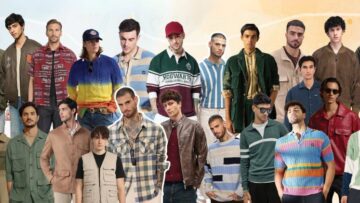If there’s one category that has seen an exponential rise over the years, it is without doubt athleisure. The numbers don’t lie! The market was worth US $ 314 billion, is growing at 8.3 per cent per year and is expected to nearly double to US $ 644 billion by 2032.
The growing demand for stylish and comfy activewear is primarily attributed to increasing focus of consumers on fitness and wellness. And riding this athleisure wave is Canadian brand Lululemon!
Lululemon’s revenue jumped 11 per cent in FY ’24, reaching US $ 10.58 billion, up from US $ 9.61 billion the year before. Sales in the Americas grew by 4 per cent, while international revenue soared by 36 per cent. The brand now aims to hit US $ 12.5 billion by 2026.
In 2024, it added 56 new stores and now has 767 worldwide. Through its direct-to-consumer (D2C) model, Lululemon keeps control over inventory, pricing and the shopping experience.
Lululemon operates in over 25 countries and organises its activities into four regional markets: the Americas, Mainland China, Asia-Pacific (APAC) and Europe and the Middle East (EMEA).
Celebrity partnerships have been a big part of its growth, especially amongst male consumers. So far, Lululemon has signed over 10 male athletes from sports like basketball, racing and fitness. The latest addition is seven-time Formula 1 world champion Lewis Hamilton.
Lululemon has evolved from being a yogawear brand to expanding into all kinds of athletic fashion. The focus of the brand is on innovative fabrics, smart designs and a growing menswear line.
The brand has developed Everlux™, a high-performance fabric tailored for intense workouts. This material combines Lycra® fibre with moisture-wicking yarns that effectively draw sweat away from the body and facilitate quick evaporation.
This brand collaborates with 49 vendors worldwide, with 8 per cent of its products manufactured in Bangladesh. This presents a significant opportunity for the country to expand its role in the supply chain. Around 52 per cent of Lululemon’s fabric is sourced from its top five global fabric suppliers. The company also procures various raw materials for its products, including content labels, elastics, buttons, clasps and drawcords, primarily from suppliers in the Asia-Pacific region and Mainland China.
The company is committed to sustainable sourcing, using eco-friendly materials and achieving carbon neutrality by 2030. With over 200 LEED-certified manufacturers in its RMG (readymade garment) hub, Bangladesh is well-positioned to seize this opportunity.
Lululemon recently announced a long-term partnership with ZymoChem, a biotech company from San Leandro, California. The goal is to use more eco-friendly nylon and support sustainable innovation. Together, they will work on making a key part of nylon 6,6—a material used in many Lululemon products like the Align and Wunder Train leggings—more sustainable.
Bangladesh is fast becoming a major hub for producing high-quality performancewear. Leading factories are investing in advanced fabrics, sustainability and innovation to cater to top international brands like Lululemon.
With the athleisure boom in full swing, this is the perfect moment for RMG manufacturers to seize new opportunities and collaborate with more athleisurewear and activewear brands.







